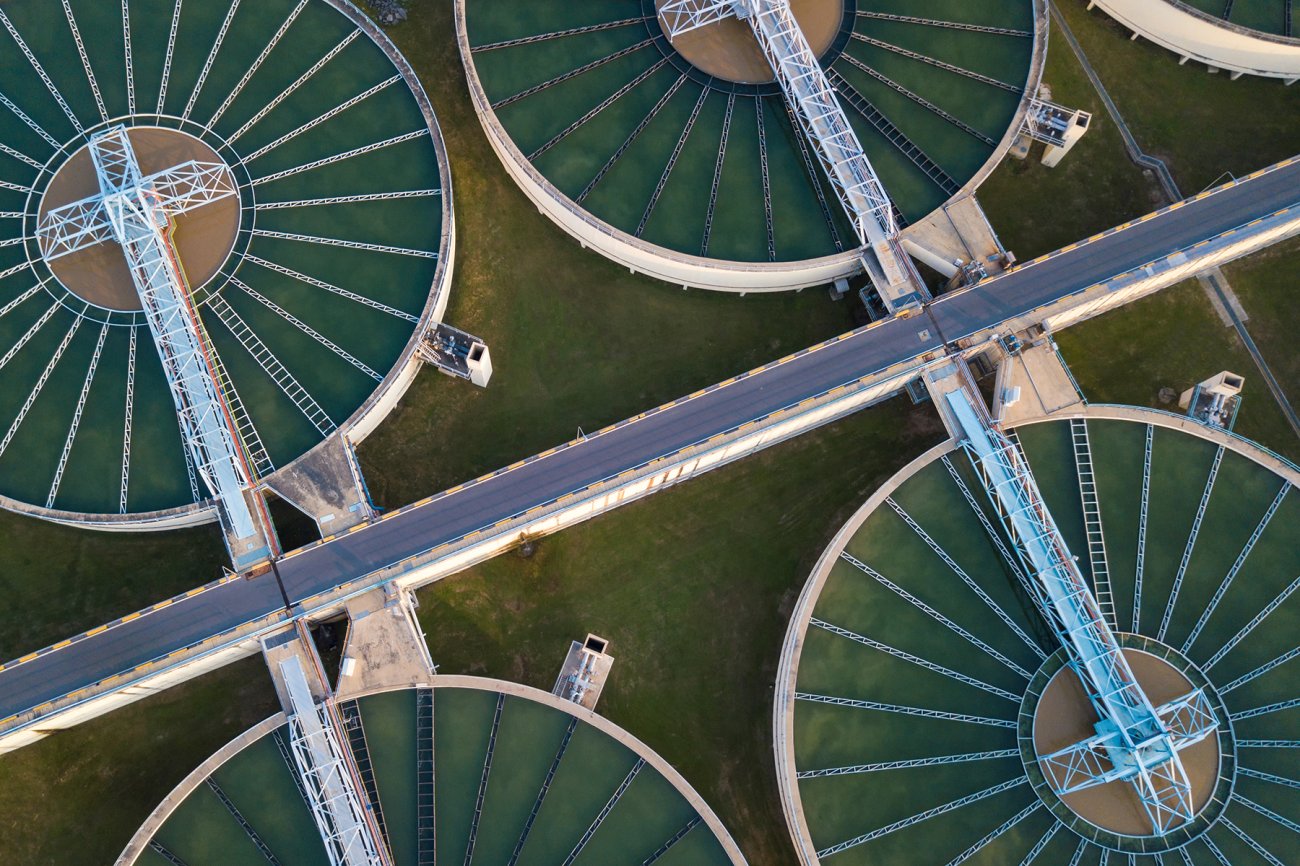The Reclaim Waste Statements
Table of ContentsGetting The Reclaim Waste To WorkWhat Does Reclaim Waste Do?Reclaim Waste - TruthsThe Basic Principles Of Reclaim Waste The Buzz on Reclaim Waste
Residential sewage waste refers to the waste and items from a property septic tank. The appropriate management and disposal of residential sewage waste need liquid waste to be transferred to a sewer therapy plant where the proper techniques and equipment are used to detoxify and dispose of waste.
Industrial waste often includes possible threats, such as flammable products or a blend of fluid and solid waste products, and needs an advanced and thorough disposal procedure. The disposal of commercial waste normally includes the purification of waste before transportation to make sure secure and proper disposal. Industrial waste is created from results and overflow of industrial processes and manufacturing.
This kind of waste can not use the same sewer monitoring transportation or procedures as septic or business liquids. The industrial waste management procedure calls for the evaluation and screening of fluid waste prior to it undertakes the disposal process (liquid waste disposal melbourne). Drainage waste is the fluid waste that originates from drainage and excess stormwater in very booming locations or cities
Runoff waste can cause contamination and flooding if not dealt with effectively. Making certain appropriate waste administration can avoid disasters and reduce environmental injury.
What Does Reclaim Waste Do?
Call PROS Solutions today to discover about our waste management and disposal services and the appropriate means to care for the liquid waste you generate.
(https://triberr.com/reclaimwaste1)Do you recognize what happens to your water when you disengage, purge the bathroom or drain the cleaning maker? No? Well, it deserves knowing. This so-called 'wastewater' is not just an essential resource however, after treatment, will certainly be launched to our land, waterways or the ocean. Used water from toilets, showers, bathrooms, kitchen sinks, laundries and commercial processes is called wastewater.

water utilized to cool machinery or clean plant and tools). Stormwater, a type of wastewater, is runoff that moves from agricultural and urban locations such as roofings, parks, gardens, roads, paths and seamless gutters into stormwater drains, after rain. Stormwater flows unattended straight to neighborhood creeks or rivers, More about the author eventually reaching the sea.
Everything about Reclaim Waste
In Queensland, most wastewater is dealt with at sewage treatment plants. Wastewater is transferred from residential or commercial sites with a system of sewage systems and pump stations, recognized as sewerage reticulation, to a sewer treatment plant. City governments build, keep and operate most sewage treatment plants. Operators are certified under the Environmental Security Act 1994 to discharge treated wastewater at an acceptable environmental requirement into waterways.
The Department of Natural Resources encourages city governments concerning handling, operating and keeping sewage systems and treatment plants. In unsewered locations, neighborhood governments might need owners to install individual or family sewage treatment systems to treat domestic wastewater from commodes, kitchens, bathrooms and washings. The Department of Natural Resources authorises making use of family systems when they are verified to be efficient.
Many stormwater receives no therapy. In some brand-new class, treatment of some stormwater to get rid of litter, sand and crushed rock has begun making use of gross pollutant catches. Wastewater therapy happens in four stages: Removes solid issue. Larger solids, such as plastics and other things mistakenly discharged to sewers, are removed when wastewater is passed via displays.
Makes use of small living organisms recognizes as micro-organisms to damage down and eliminate remaining dissolved wastes and fine fragments. Micro-organisms and wastes are integrated in the sludge.
How Reclaim Waste can Save You Time, Stress, and Money.
Nutrient removal is not offered whatsoever sewage treatment plants since it needs costly specialist equipment. It is coming to be more common in Queensland. Clear liquid effluent produced after treatment may still include disease-causing micro-organisms. If this effluent is launched into rivers such as rivers or the sea, the micro-organisms will ultimately die out.

Most wastewater moves right into the sewage system. Under the Act, regional federal governments carry out approvals and permits for environmentally pertinent activities (Ages) including wastewater launches that could have a regional effect.
An Unbiased View of Reclaim Waste
Otherwise, examples are taken for laboratory analysis. Typically lots of examinations are needed to develop the degrees of each of the different pollutants such as oils, heavy metals and chemicals in water. Monitoring supplies accurate details regarding water top quality and can confirm that permit conditions are being satisfied. The information obtained through surveillance provides the basis for making water high quality choices.